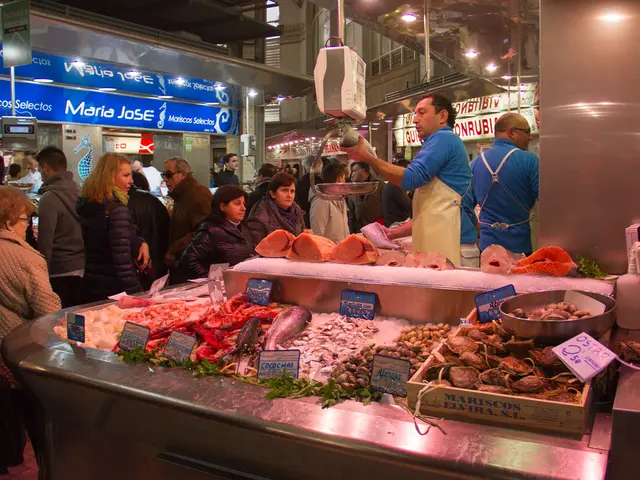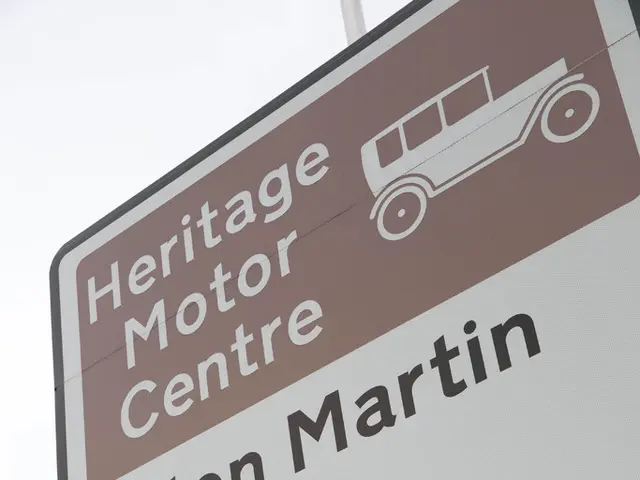Toyota's half-century pursuit to abolish traffic collisions
In the heart of Chino City, Nagano Prefecture, lies a temple with a unique mission - Shoko-ji. Established in 1970, this temple was built as a response to the increasing number of traffic accidents during Japan's economic growth and rapid motorization.
The vision for Shoko-ji came from Shotaro Kamiya, the president of Toyota Motor Sales Co., Ltd., who hoped to comfort the spirits of traffic accident victims, aid in the speedy recovery of those injured, and eradicate all traffic accidents. The temple was constructed with donations from Toyota and other like-minded companies.
Over the years, Shoko-ji has become a symbol of road safety in Japan. Every year, Toyota's top executives, dealerships, and representatives from around the country visit the temple during the Summer Festival. Akio Toyoda, the current president, has been among them since he took office.
In 2019, despite improvements in automotive technologies and collaborative efforts between the public and private sectors, 3,215 people still lost their lives in traffic accidents in Japan. This grim statistic has not deterred Akio Toyoda from emphasizing the need to continue developing cars and technologies without ignoring the reality of car-related tragedies.
Partnerships in safety technology have become necessary, with carmakers such as Suzuki, Subaru, and Mazda, and top product suppliers such as Bridgestone and Sumitomo Rubber Industries joining the gatherings at Tateshina. Last year, the Tateshina Meeting was launched, focusing on realizing a safe mobile society, to coincide with the Summer Festival at Shoko-ji Temple.
Despite the criticism it faced when first built for "relying on praying to eliminate traffic accidents," Shoko-ji's tradition of praying for road safety has been extended to group companies, Kyohokai (parts and suppliers), and Eihokai (facilities and logistics). Even Honorary Chairman Shoichiro Toyoda continues to visit the temple and pray for road safety.
Akio Toyoda has been a strong advocate for this tradition. He mentioned the responsibility of leaders to decide to stop something, but emphasized that the tradition of praying for road safety should not be stopped. He visited Shoko-ji Temple for the 50th Anniversary Summer Festival during the COVID-19 pandemic, and he has made it clear that he does not want to be the president to stop the tradition of visiting Shoko-ji Temple.
The temple is famous for its cherry blossoms, which bloom late April to early May, adding a touch of beauty to the solemn occasion. Even Dr. Gill Pratt and Dr. James Kuffner, leaders of Toyota Research Institute, Inc. and Toyota Research Institute Advanced Development, Inc., have joined in praying for traffic safety at Shoko-ji Temple.
Shoko-ji Temple embodies the earnest feelings of those engaged in the business of automobiles, aiming to ensure no one is killed in car accidents as long as they are in the business of building cars. As the world continues to advance in technology and transportation, the mission of Shoko-ji remains as relevant as ever.
Read also:
- Accident at Rodalben Results in Injuries; Geoskop Area near Kusel Affected After Stormy Weather
- Trump's Conflict with CEOs and Educational Institutions: Who's under Scrutiny?
- "MP from Ndia defends National Government-Constituency Development Fund amid disputes over management of resources"
- Party to Assess Possible Strategies on Coming Monday








